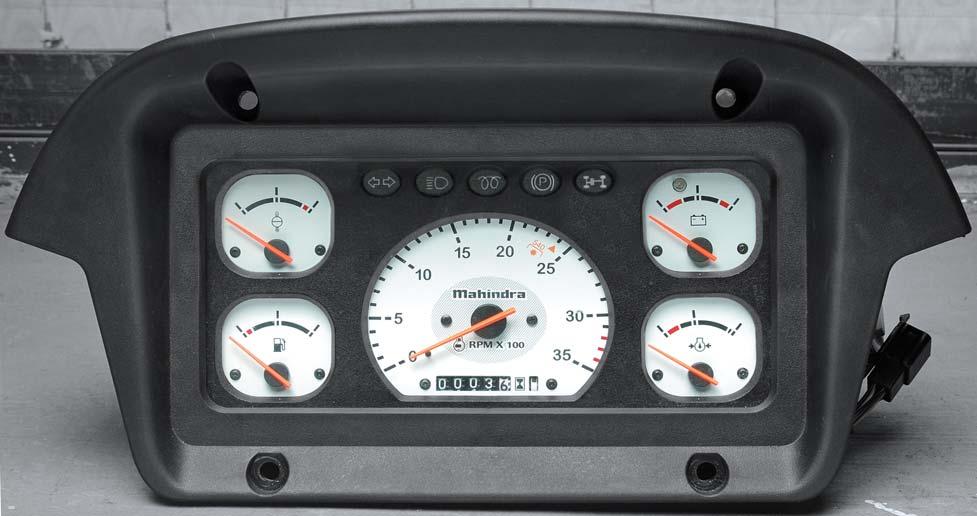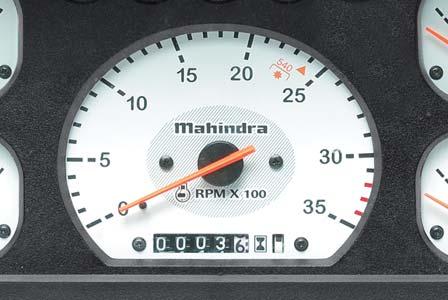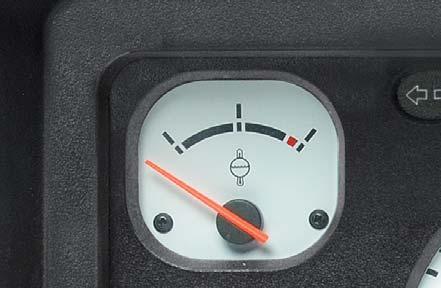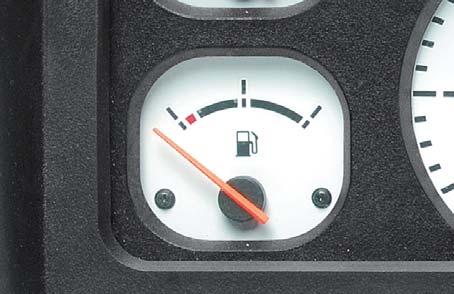
1 minute read
Electrical System
2.Instrument Cluster
A.General
The various Instruments gauges and switches are mounted on the instrument panel and scuttle assembly.
The panel is secured by four screws on the scuttle assembly under the steering wheel. The operator can easily pay attention on the gauges and indicators and can reach to the switches and control while driving.
The Instrument Cluster is a descriptive unit that gives the user various indications about the working of the tractor and its various features. It consists of the following:
1.High Beam Indicator
2.LH/RH Turn Signal Indicator
3.Coolant Temperature Gauge
4.Fuel Level Gauge
5.Engine RPM Meter
6.Hour Counter
7.Engine Low Oil Pressure Gauge
8.Voltmeter
The operator must be thoroughly acquainted with the location and use of all instruments and controls regardless of experience, must read operators manual carefully before attempting to operate the tractor.
9.Battery Charge Indicator
10.4WD Indicator
11.Parking Brake Indicator
12.Heater Indicator
Do not drive the vehicle when Engine RPM is in Red Zone for longer duration.
Electrical System
Engine RPM Meter
This meter gives the number of Revolution Per Minute of the engine. To arrive at the RPM value at any given point of time, multiply the pointer reading by 100. Example : If the reading shows 15, the actual engine RPM value = 15 x 100 = 1500.

PTO 540 RPM Mark
This mark is located in the Engine RPM Meter. It indicates Engine RPM at which the PTO shaft will rotate at 540 RPM.
Hour Counter
This is a Digital Hour Counter located in the RPM meter. It is operated by pulses coming from Alternator when the engine is running. Hour counter displays the cumulative engine running hours.
Fuel Gauge
The Fuel Gauge indicates quantity of fuel available in the fuel tank. Refill the fuel tank when the pointer lies in Red Band.
Coolant Temperature Gauge
This gauge indicates coolant temperature of the engine. When the pointer lies in RED band :


1.Indicates excessive engine coolant temperature.
2.Get the cause identified.
3.Further engine operation should be done only after elimination of the problem.










